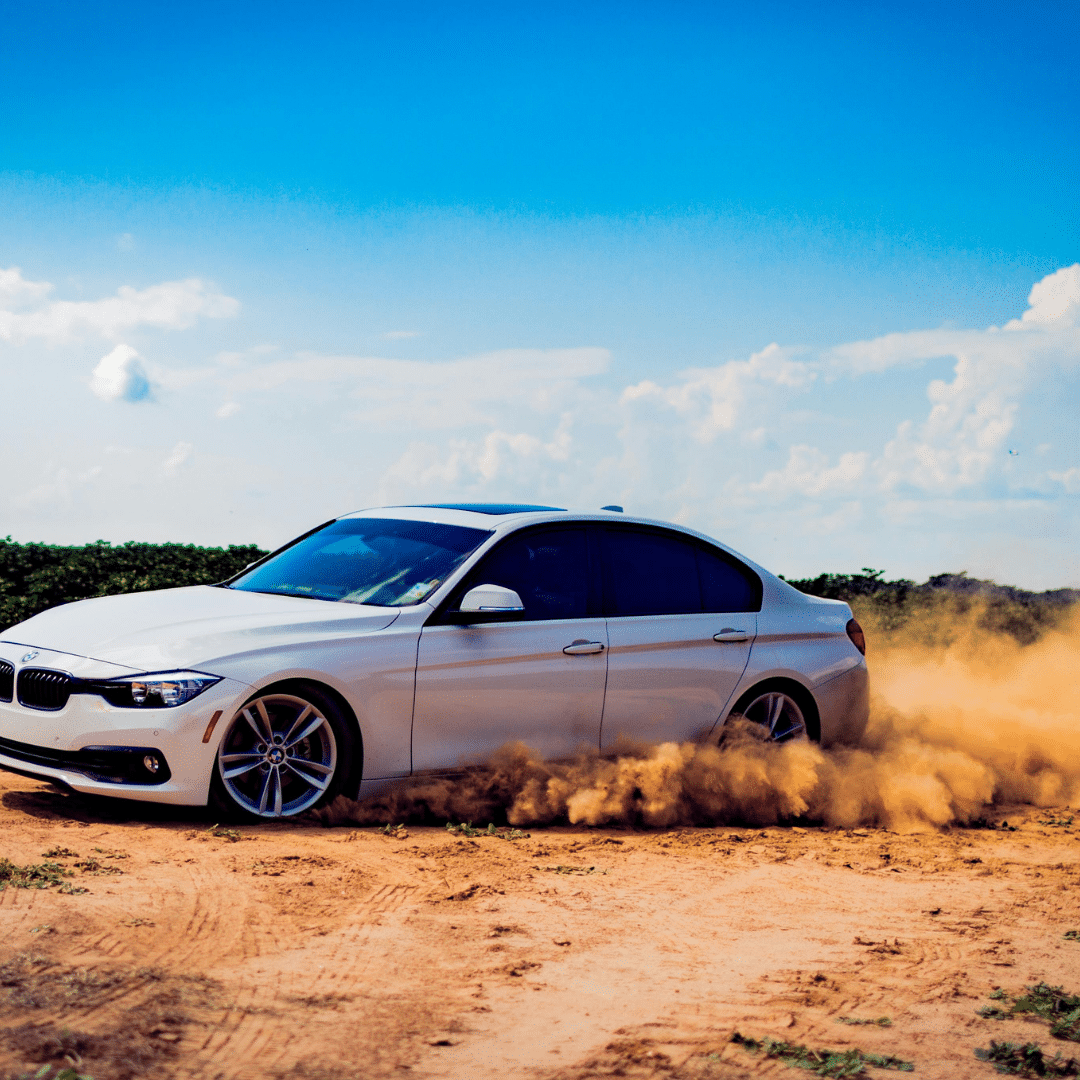What Is Tune Stacking, And Should I Do It?

Tune stacking is when you add a secondary ECU (Piggy Back) on top of a software tune. This method is used to extract extra power from the engine. The question is not if I should or shouldn’t do it, but what are my goals with my car. As you increase power by any method reliability goes down. The more power you increase, the less reliability you can expect to retain.
Daily Driven Car
If the car is to be driven every day, being slightly conservative on your tune is important. Also bearing in mind the torque limit of the engine and drivetrain. Here are some things that can limit your power goals from being “safe”:
- Strength of the engine.
- Fuel delivery of the fuel injection system.
- The ignition system’s capability to fire the increased pressure inside the combustion chamber.
- Strength of the drivetrain components.
- Octane of the fuel you are running.
- Turbo RPM limit.
- Turbo or exhaust back pressure.
- Turbo compressor efficiency at the boost you are running.
- Heat exchanger’s ability to keep up with increased power and heat.
- Quality of the software.
- Traction (especially if the car is 2WD).
How much power is too much power?
Remember torque is what does the damage. Torque is the twisting action that is generated by the engine. This is like what you read on a torque wrench in lbs/feet or newton/meters. Most car companies build around a 50% safety margin into the engine and drivetrain. This means that if the car comes with 500 lb/ft of torque you can generally make 750 lb/ft before the drivetrain will start to break.
This only refers to the engine and drivetrain strength. This does not mean that the rest of the engine management system (fuel delivery, ignition system, and heat exchangers) will handle this much power.
Different Stages of Tuning
Stage 1 Software
Stage 1 software tune is typically around 10-15%. This is very safe, even for daily driving and various octanes of fuel found on the road.
Stage 2 Software, Intercooler/Heat Exchanger, and Cold Air Intake
If you add a high-flow intake system and a larger heat exchanger and/or intercooler, you can achieve around 25-35% increase in power. This is very safe on stock engines using 93 octane pump gas. This car can still be driven as a daily driver and will typically last around 100k miles with normal maintenance.
Stage 3 Software, Intercooler/Heat Exchanger, Cold Air Intake, and a Larger Turbo(s)
If you add a high-flow intake system, a larger heat exchanger and/or intercooler, and a larger turbo, you can achieve around 35-45% increase in power. This is very safe on stock engines using 93 octane pump gas with a reliable tuning software solution. This car can still be driven as a daily driver and will typically last around 100k miles with normal maintenance. The larger turbo will have the negative side effect of increasing turbo lag. So this vehicle will be less refined in traffic or stop/start scenarios where turbo response is nice to have.
Stage 4 Software, Stacked ECU (Piggy Back), Intercooler/Heat Exchanger, Cold Air Intake, Larger Turbo, and Methanol injection
If you add a high-flow intake system, a larger heat exchanger and/or intercooler, a larger turbo and a meth injection kit you can achieve around 45-55%. This is somewhat safe on stock engines using 93 octane pump gas. This car can still be driven as a daily driver and will typically last around 70-100k miles with extra maintenance. The larger turbo will have the side effect of increasing turbo lag, so this vehicle will be less refined in traffic or stop/start scenarios where turbo response is nice to have.
This is where it can get tricky. Methanol produces a lot of corrosion in the meth system. Therefore, failures with the components in the added Methanol injection system are common with age. This could be clogged nozzles, corroding lines, and premature pump/seal failures. If you run Methanol with software for pump gas (91-93 octane) and the Methanol fails, you just lose power in the moment.
If you tune the software of the engine specifically for the methanol to make more power and the meth fails, the engine will fail also. This is the most common failure in a turned car!
Stage 5 Software, Stacked ECU (Piggy Back), Intercooler/Heat Exchanger, Cold Air Intake, Larger Turbo, Methanal Injection, Secondary Fuel Injection System, Removal of the exhaust Catalyst, and Reinforced Engine, Gearbox and Transfer Case Internals.
At this level, you are exceeding the design limits of the car as well as the 50% safety margin. The engine and drivetrain must be strengthened to retain drivability. Even after you improve the engine and drivetrain internals, the next “weakest link” component will likely fail. Examples are; driveshafts, engine and transmission mounts, half shafts, transfer cases, and differentials.
With this level of performance, you can achieve around 80-120% of what the car was originally designed for. This car will require race gas (100 octane), diligence in Methanol operation and consistency, and the more frequent replacement cycle of wear items (clutches, differentials, axles, driveshafts, rubber mounts or U joints, hydraulic pumps, etc.) This is basically a race car, which requires race car levels of attention to detail and maintenance. This is no longer a daily driven vehicle.
The problem with some aftermarket tunes/tuners
The OEMs have placed layers of safety in the ECU software of your vehicle. This includes, but is not limited to; Exhaust Gas Temp Threshold, Engine Torque Limits, Drivetrain Torque Limits, Mass Air Flow Threshold, Fuel Flow Threshold, and Ignition Timing Limits just to name a few. These limits act as floors and ceilings, with a small margin for adjustment/correction built in to stay within the window of operation.
Good tuning companies will re-tune these limits, leaving the protections in place and resetting them to a higher limit based on the safety requirements determined by the new hardware on the vehicle. When this is done correctly, the tuning company will often provide a warranty with their aftermarket product because they are confident that your car and its powertrain will be safe.
Many tuners do not really understand these limits or do not want to spend the time and money to R&D and reset these limits. So they turn the Engine Safety measures off and will claim “they were in the way of more power!” This is a recipe for failure.


